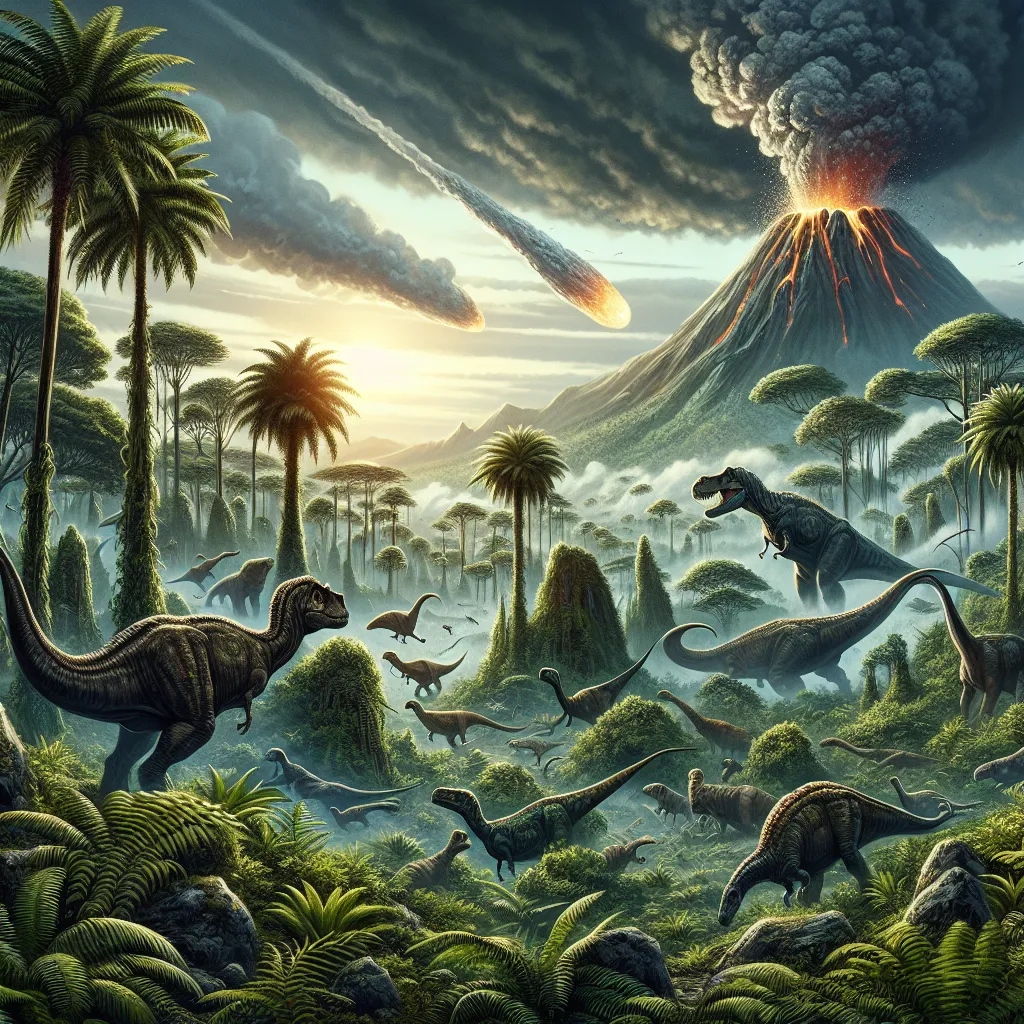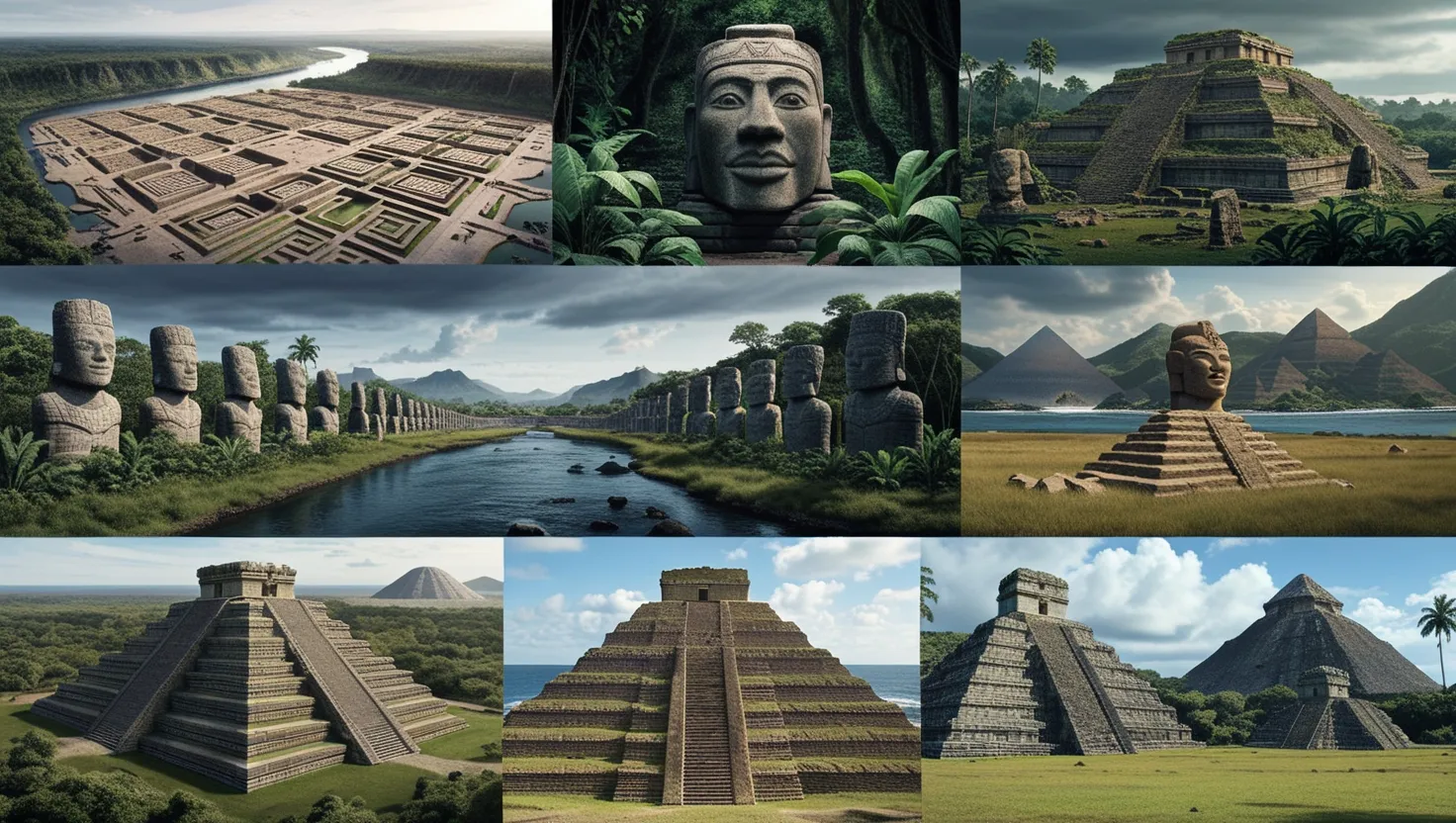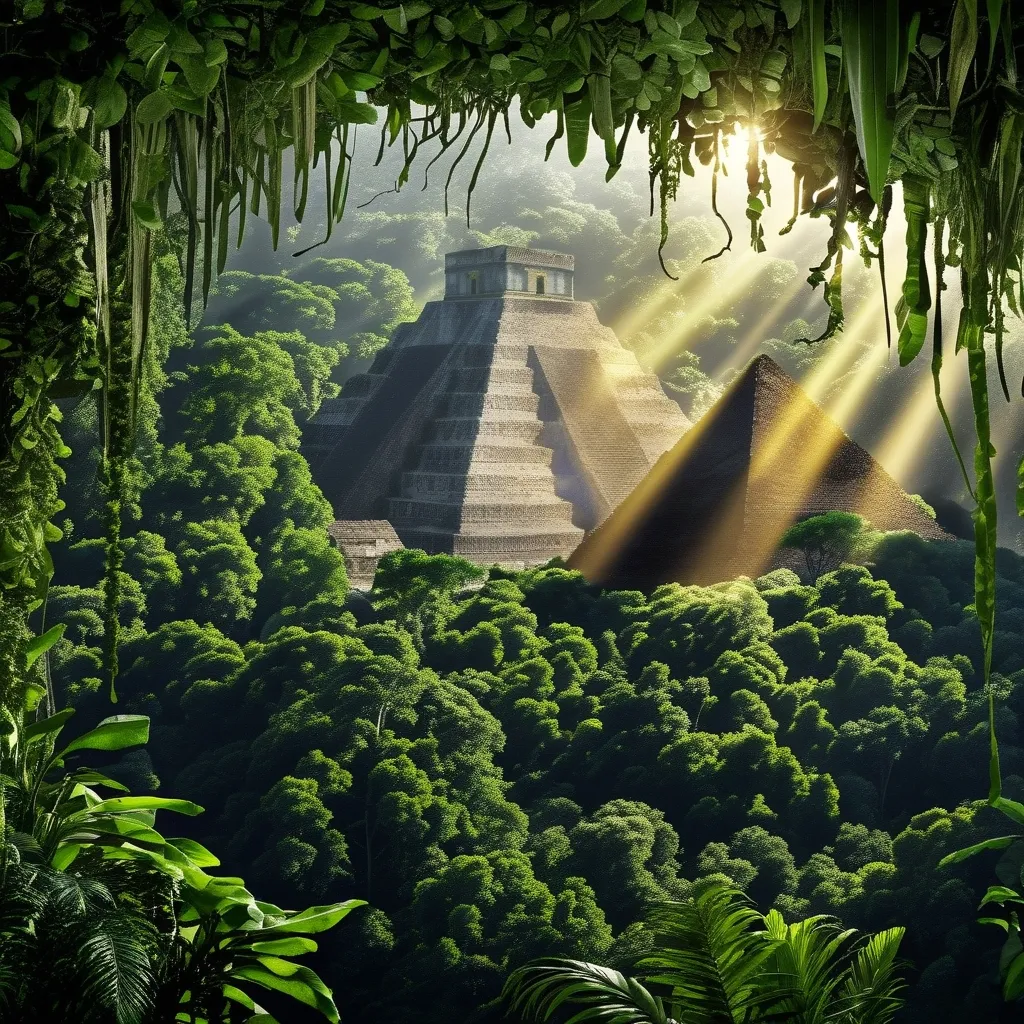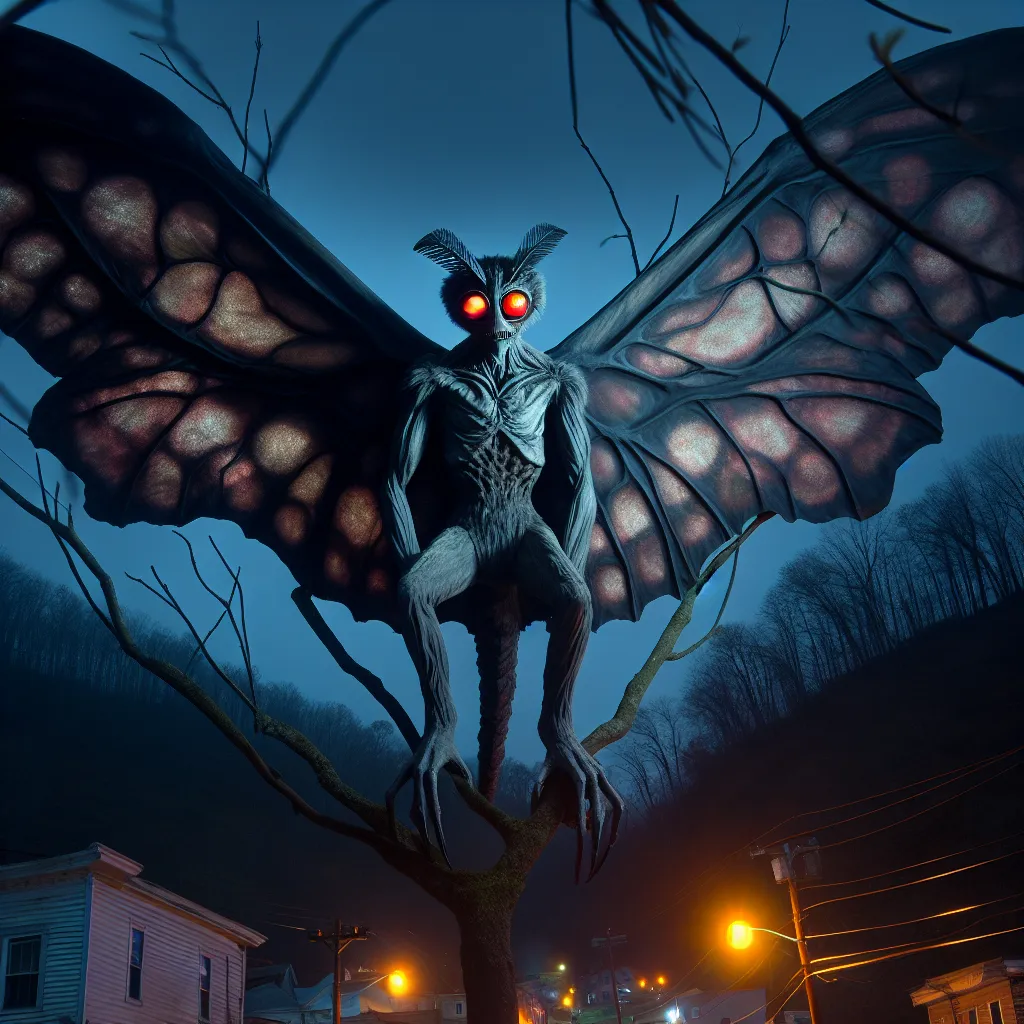A ruthless murder rocked the ancient world: the dinosaurs were wiped out, and we have a prime suspect. Witnesses claim an Everest-sized asteroid hit Earth, causing mass extinction. But is it really that simple? New evidence points to another suspect—an incredibly large and slow-moving volcanic event on the other side of the planet. Let’s dive into this intriguing whodunit that could reshape our understanding of dinosaur extinction.
66 million years ago, Earth looked quite different. It was the late Cretaceous period, a hot and humid era with lush jungles and woodlands. Even the polar regions had forests that thrived in months of darkness. Oversized creatures roamed—pterosaurs in the skies, huge marine reptiles in the oceans, and dinosaurs dominated the land. Then, almost overnight in geological terms, they all vanished. What happened?
Yes, an asteroid did strike Earth, but was it the sole culprit? New science suggests another ancient menace was already wreaking havoc before the asteroid hit. India was still a tropical island then, brimming with life. But it also hosted the Deccan Traps, a massive volcanic region poised to erupt catastrophically.
About 800,000 years before the asteroid, the Deccan Traps began releasing CO2 and sulfur dioxide—starting what seemed like a minor atmospheric change. It continued for half a million years, slowly but surely amassing dangerous levels of emissions. Then, around 300,000 years before the asteroid, the Deccan Traps erupted in a lava flood. The scene was grim: endless volcanos spewing lava and toxic gases, ecological devastation unfolding across India.
This was initially a local disaster, but the nightmare was just beginning. The Deccan Traps continued their relentless lava outpour for hundreds of thousands of years. Earth experienced a sequence of heating and then cooling phases due to varying volcanic gases. Acid rain battered the land while oceans acidified from CO2, threatening foundational plankton and food webs.
The climax came 50,000 years before the asteroid impact. The Deccan Traps exploded with unimaginable force, pouring out tens of trillions of tons of molten rock and lethal gases. Mass wildfires, earthquakes, and tsunamis convulsed Earth. Hypercanes, enormous cyclones, might have also formed, ripping holes in the ozone layer, exposing life to deadly radiation. Life on Earth, already in turmoil, suffered immensely.
As volcanic apocalypses go, this should have been enough. But then, as if scripted by a cosmic prankster, an asteroid slashed across the sky and struck Earth with the force of 4 billion atomic bombs. If life’s remnants were clinging on, this was the final, devastating blow.
The Deccan Traps didn’t cease their onslaught after the asteroid impact. They kept belching deadly gases for another 800,000 years. When they finally went back to sleep, 75% of Earth’s species had perished. Birds, however, managed to survive, hinting at the grandeur of their dinosaur ancestors.
So, was it the asteroid or the Deccan Traps that killed the dinosaurs? Perhaps a cruel combination of both. Scientists are still debating this complex mystery, and we might never have a definitive answer.
In the end, the monster under our feet—a serial killer responsible for multiple mass extinctions—might be the real villain. While the Deccan Traps slept, the Siberian Traps caused the Permian mass extinction 250 million years ago, a catastrophe that nearly ended life on Earth. These volcanic nightmares have a consistent history of triggering mass extinctions.
Should we worry? Probably not. The monster currently slumbers deeply, and scientists would spot its awakening millions of years in advance. For now, we can only marvel at the complexities of our planet’s past and the ancient events that shaped life as we know it.






